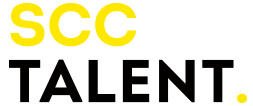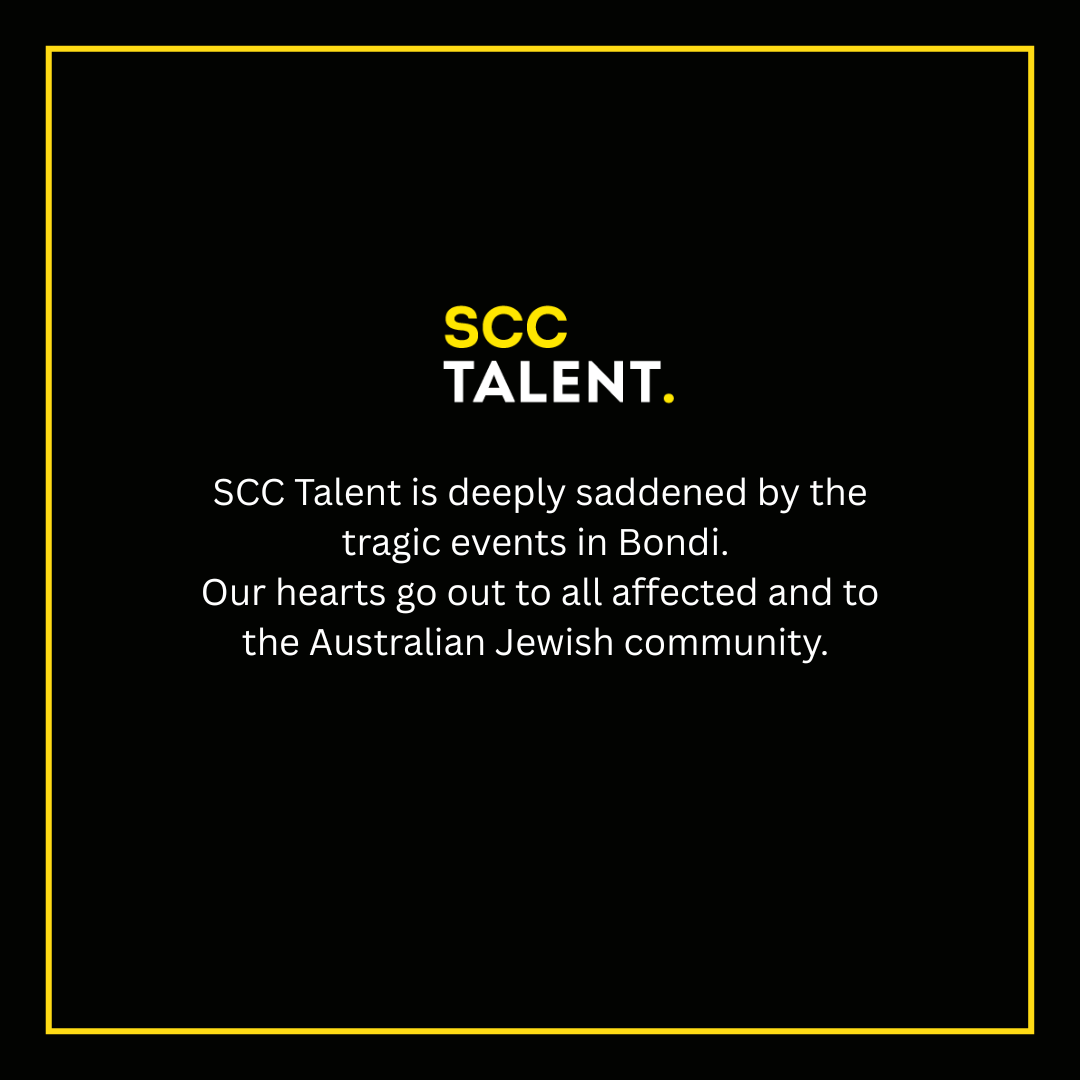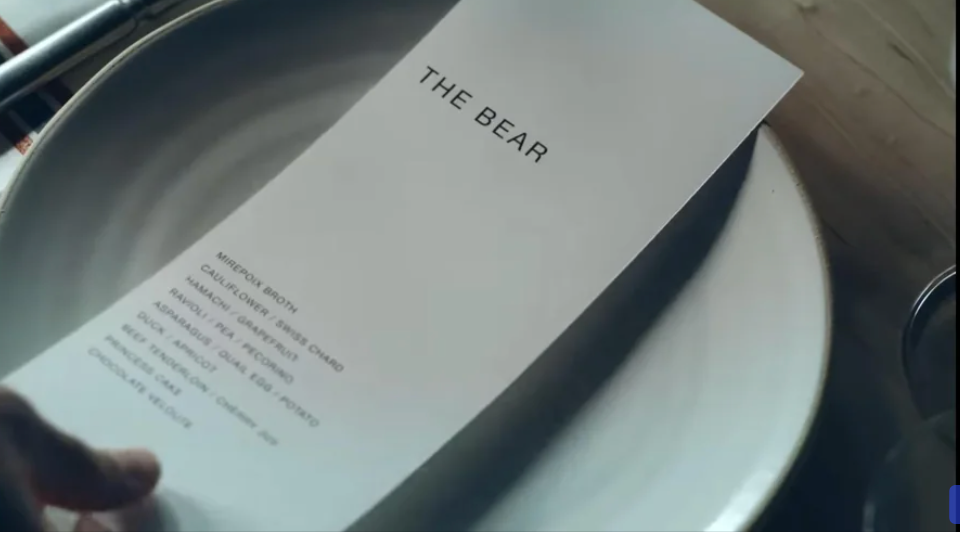SCC Snaps - Five minutes with Energx's Sean Hall
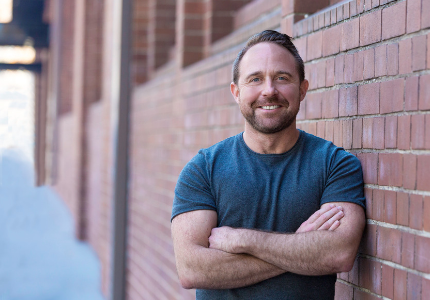
Feeling like you don’t have enough energy to get through the day? Feeling distanced or cynical about your job? Not feeling as productive as you know you could be?
Well, you’re not alone.
These are the key characteristics of burnout. And literally millions of Australians are suffering the same symptoms.
In May this year, the World Health Organisation officially classified burnout as a syndrome "resulting from chronic workplace stress that has not been successfully managed”. This classification confirms what health professionals have long known – that wellness in the workplace is crucial to our mental and physical health, productivity and professional success.
Finding work-life balance and the energy to tackle all fields of life today has become increasingly difficult – something we at SCC Talent know first-hand and hear day-in-and-out from candidates we meet with. To explore what we can collectively do to address this energy crisis, we chatted with Sean Hall, the Founder and Chief Energist of wellbeing company Energx. Using assessments and an approach endorsed by The University of Sydney Business School, Energx specialises in burnout risk identification and prevention, to increase the collective energy and creativity in teams.
1. As you’d imagine, we meet a lot of candidates who are on the verge of burnout. What advice would you give a candidate showing signs of burnout who is considering resigning from their role?
Great question!
When we are depleted our ability to make great decisions is seriously impaired and we can be emotionally impulsive. Making a big life decision when we are already depleted could actually make things worse before it makes things better.
If I was in this position, I’d ideally take a week off to completely remove myself from the situation to get a clear objective perspective on what is really going on. During this week I’d really focus on self-care to put you in the right headspace to make a great decision.That simply means sleeping 8 hours, staying hydrated, moving every day and getting some daily Vitamin D. Remember the purpose of this week is to focus on you, so avoid making yourself busy or wasting energy and time unnecessarily.
Spend the week reflecting an answering questions like these before you make the final decision:
- What is contributing to me feeling burned out that I am responsible for or can influence? If you look at the seven burnout or ‘energy crisis’ indicators we measure, most of them are within your control.
- Do I love my job too much or too little? Both can burn you out.
- Do I feel valued by my boss/workplace? If so, what changes do I feel I can ask for?
- Is the grass actually greener? Do I know what I’d like to move towards in my next job or am I just focused on what I’m moving away from?
- If I choose to leave, what will my transition plan be? It’s always easier to find a job when we already have one.
2. We frequently meet Agency candidates who express the wish to move Client-side for better balance. Is that a true reflection of the market? Do Brands understand the importance of workplace wellness better than Agencies?
Energx data shows that there isn’t a significant difference in burnout risk indicators on either side. The difference is what drives them.
All of my clients on both sides are early adopters when it comes to really investing in the wellbeing of their people. If there was any real difference, I’d say that Client-side is better for women as they’ll often have much more advanced policies in place around flexible working and parental leave.
Having worked on both sides I can tell you that it’s important to weigh up the pros and cons. One of the main reasons I moved Client-side was because I wanted more ownership over what I created. In the Agency world I was an Account Director. Little did I know that Client-side would mean an exponential increase in stakeholder management. The time and energy it took to get an idea across the line Client-side was both frustrating and depleting. You also need to be prepared for the fact that you don’t actually make anything Client-side, you brief and pay Agencies to do this for you.
The Agency pace can be non-stop however there’s the excitement of the creative process and being surrounded by other ‘makers’. It’s probably one of the reasons why so many of my clients are Agencies because I’m drawn to this energy.
3. We’ve seen a great rise in the number of people wanting to freelance. More often than not, they tell us it’s because they are able to maintain a better work-life balance through contracting rather than fulltime roles. Do you think we will see more of this and more flexible work options in future?
I’m a board advisor to Transition Hub which specialises in helping people transition to the future of work whether this is through things like redundancy, new jobs being created within businesses or for personal choice.
One of the scenarios we help people prepare for is exactly this which can take the form of a portfolio career, freelancing, consulting or becoming an entrepreneur. I think we are definitely seeing more options available to people in terms of the way they want to work.
I think one of the big reasons for this is that people also want more meaningful work that doesn’t come with the processes, bureaucracy and politics that can be a drain with permanent employment. You’re enabled to take more control over who you work with and what you work on.
The tough part is that you give up the security and benefits that come with full time work and freelancing can also be a bit lonely at times so it’s important to jump in with your eyes wide open.
4. The energy crisis in our workplace is affecting women in particular. Does your research tell you why?
It’s actually my clients that tell me why. I see women wearing multiple hats, trying to be perfect in every role and constantly comparing themselves to each other. This means they’re essentially putting up this persona that they’re thriving, when they’re barely surviving. It’s also not uncommon for me to hear that women are dealing with male partner mental health issues at the detriment of their own.
The foundational problem here is that many women put everyone else’s needs before their own which is impossible to sustain. If we choose to look after others, it’s essential we look after our own energy first. This isn’t a selfish act. It’s actually kind and generous.
5. What can employees do to encourage their employers to push the workplace wellness agenda?
Firstly, it’s important to understand that all employers and managers are legally obliged to take appropriate steps to eliminate and minimise health and safety risks in the workplace. In terms of mental illness, as an employer or manager you are obliged to:
- identify possible workplace practices, actions or incidents which may cause, or contribute to, the mental illness of workers.
- take actions to eliminate or minimise these risks.
Beyond this I’ve had to learn that we all need to speak “CEO speak”. This means having real data and presenting both risks, costs and opportunities.
We’ve created a calculator that determines the cost of loss productivity when employees are not at their best through sleep deprivation, being disengaged, being stressed and through working when they are sick which is called presenteeism.
This can be around 21% of salary costs which is huge proportion of the budget to be wasting. And that’s before considering direct staff turnover costs.
On the positive side we know that healthy engaged employees deliver better customer experiences, are more productive, stay longer, are more creative, expend more discretionary effort, and are just generally nicer to be around. The businesses they’re employed by are also more profitable.
Sean and his team at Energx are working with The University of Sydney Business School to elevate this conversation and look into the maturity of wellbeing strategy in Australian businesses.
You can help by completing this short survey on your wellbeing experiences.
And if you want to find out more about Energx and their work in improving energy, visit https://www.energx.com.au
